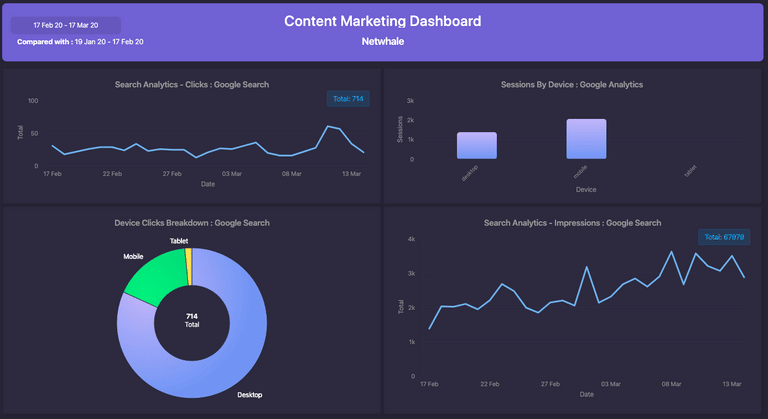SEO (Search Engine Optimization) is a long term strategy to get traffic to your website.
Google uses 200+ factors to rank websites.
In this guide, you will learn how to approach SEO for your brand new website.
This 9 step guide is designed to cover major aspects of SEO.
Table Of Contents
- Set Up Tracking – Analytics
- Spy on Competition
- Deeper Research
- Titles & Descriptions
- Mobile Friendly Test
- Optimize for Speed
- Expand Online Presence
- Write Content & Repeat
- Get Backlinks
- Measure Everythin
You do NOT need to be a developer to execute majority of these steps. However, you may need the help of a developer to accomplish a few steps
1) Set Up Tracking – Analytics
One of the beauties of the online world is that everything is trackable. Right from the number of visitors, sessions, browser to device used, everything can be measured
And the best part, it doesn’t cost a dime. Google Analytics is free tool to view analytics of your website.
Add Google Analytics To Your Website
The most popular ways to include
- Google Analytics Code
Create an account. Add your website & you will receive a tracking code.
Work with your web developer to add this code to your site
The code looks like this

Once the code is ready, you will be able to view data from your website

- Google Tag Manager Implementation
Google Tag Manager is a single source to manage all the tags in a particular website.
This removes dependency on IT to add new functionality on your website.
For example, I can add live chat (Hubspot) to a website without depending on a developer.
Google Analytics can also be added to your website via Tag manager

Facebook Pixel, Google Remarketing Tag, LinkedIn, Quora & a number of third party tags can be added.
Verify On Google Search Console
Google Search Console gives information on the number of users searching on Google & then visited your website.
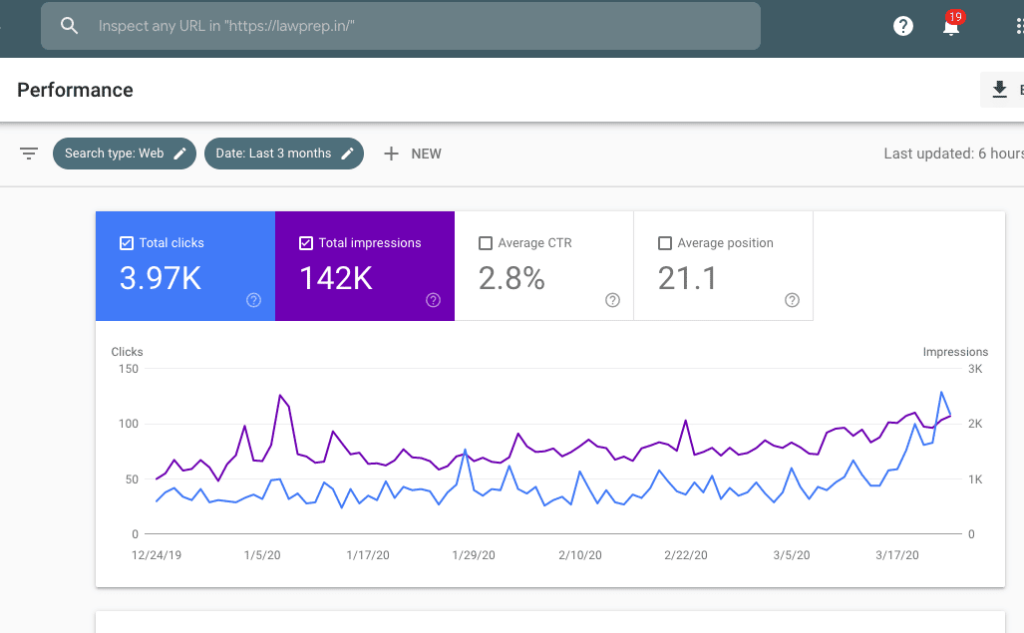
This is entirely organic traffic & is a good measure of your progress on SEO
Pixel Codes (Facebook, LinkedIn, Remarketing)
Have come cross ads that follow you wherever you go & wondered what kinda vodoo magic is this?
Well, you can set-this up too. The ads that follow you across the internet after you visit a website are called remarketing ads.
This works on a technology called cookies. When you visit a website, cookies are activated. You can find them here on a browser.
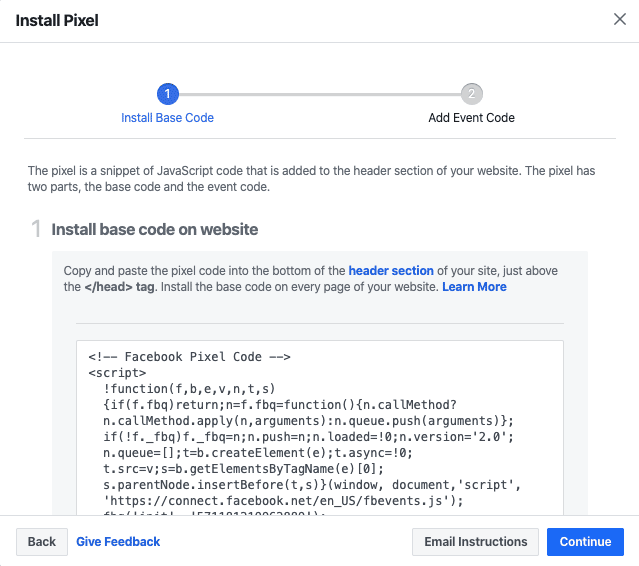
These cookies can be of Google, Facebook, LinkedIn or of the website you are visiting.
For example, if a Facebook Pixel is added to your website, the visitors of your website can be shown an ad on Facebook.
Although this isn’t exactly SEO, it is important to remember that collecting user information is handy for your business in the long run.
For users in the EU region, GDPR regulations apply.
Note that if your customers are in EU, you will have to adhere to GDPR regulation
2) Spy On Competition
Now, if you are entirely now and established players in your niche are alreading doing well on search, it is a no brainer to spy and uncover their SEO strategy.
Some free & paid tools that allow us to conduct this research
Don’t worry, this is all perfectly legal and the numbers provided by various tools are mere estimations. Most marketers claim that these numbers reflect a fairly accurate prediction.
Free Tools
- Ubersuggest By Neil Patel
This is a free tool by Neilpatel that helps marketers uncover keywords that competitors rank for and the URLs that bring the most traffic to them.
All you have to do is to type on a URL of your competitor and you will be able to see all the insights
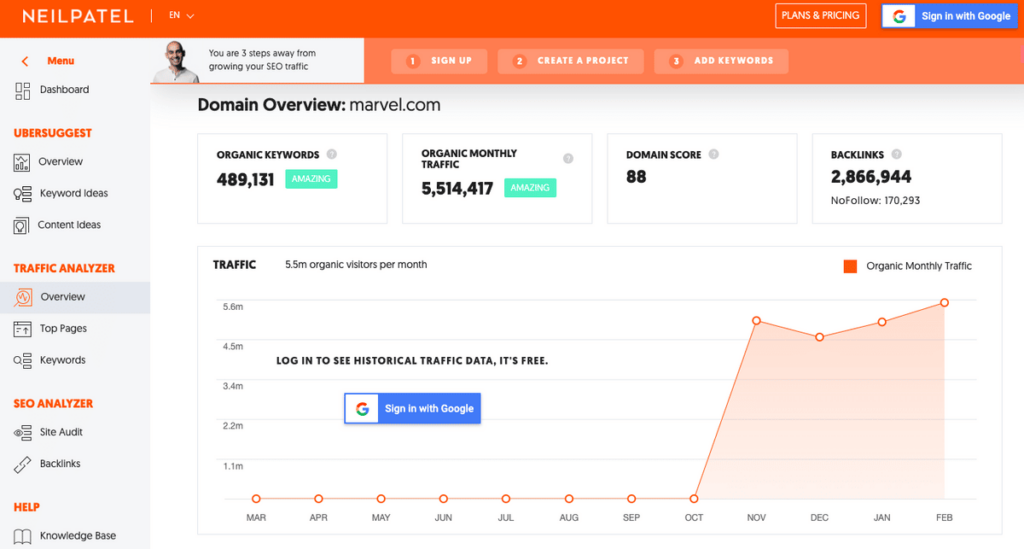
There are a few limitations on the numbers you will have to create a free account in order to access information this nifty free tool helps marketers with competitor research
- Google Keyword Planner
Google Keyword Planner is a tool inside of Google ads this is available for marketers to do keyword research.
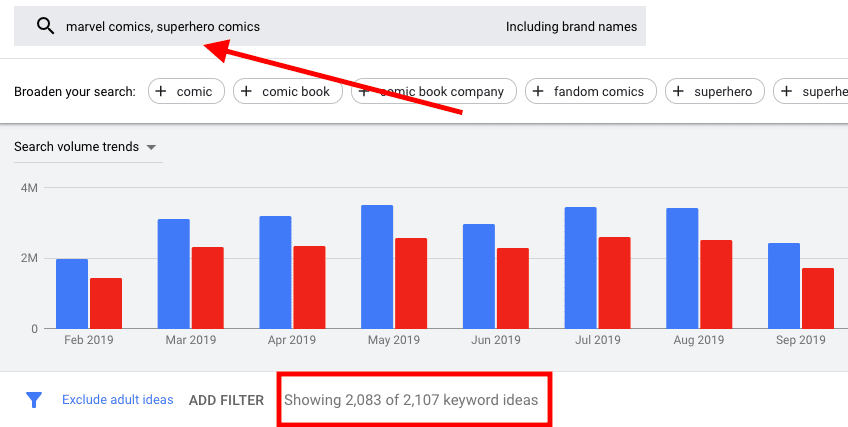
This tool can help you discover the number of search queries for a particular keyword or for a group of keywords.
Click here for a detailed guide on how to use Google keyword planner for keyword research
Paid Tools
- SEMRush
All that a marketer has to do is to type on a URL of the competitor. The entire organic, paid & web analytics data of your competitor is available on a platter.

There is a limited free version available but majority of the insights are available on a paid plan
- KWFinder
Keyword Finder is an alternative to Google Keyword Planner.
This tool is based on Google’s autosuggest function & picks data from Google and helps marketers discover long tail keywords.
3) Deeper Research
On most Google searches, you will see that there is a list of questions.
Once you click on the right question for your business, you will see that the number of questions increase and will see a new set of questions appear.
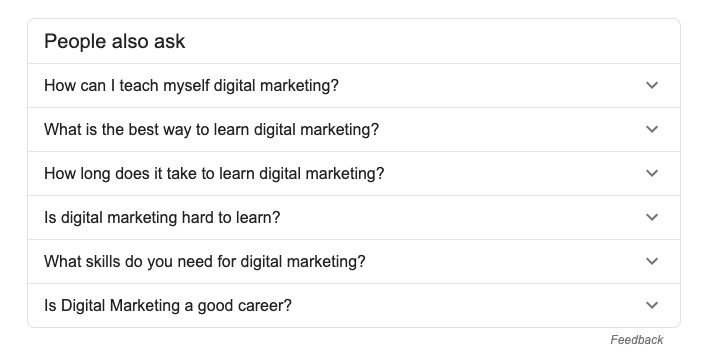
This is an important clue for marketers to pick the right keywords to write content on.
Queries with how, how to are solution driven & therefore rank better on Google
Pick up the queries and start writing content that answers that particular query
4) Titles & Descriptions
Titles and descriptions are the information that a website provides & appears on Google.
Here is how title & meta description appears on Google.

It’s very important for marketers to use the right keywords in the titles and descriptions in order to do well for SEO
If you have a WordPress site, there are good plug-ins available that will help you through the SEO process. The two most popular SEO plug-ins recommended by most marketers are
- Yoast
- All in One SEO
These plugins have 1,000,000+ downloads and are widely used
They help write titles and descriptions for your website under character limits that Google recommends.
Also, both these plug-ins are free to use
Regardless of your website, If you would like to see how your website’s titles and meta descriptions would appear on Google, use this free SERP (Search Engine Results Page) emulator by GreyMetrics
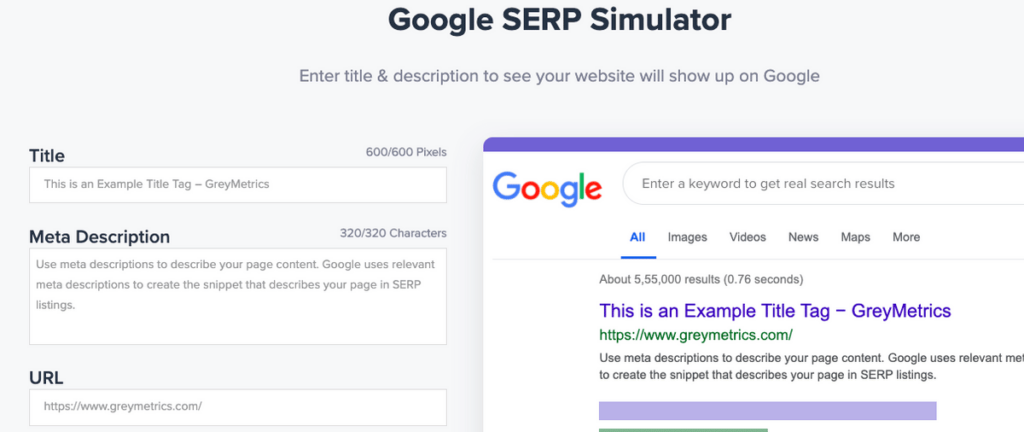
5) Mobile Friendly Test
Because of the boom in mobile search traffic, Google considers having a mobile friendly website as an important ranking factor.
Mobile searches constitute more than 60% of all search traffic.
When a user searches, Google tries to satisfy their intent. That effectively means that the right website be shown & the website being shown is mobile device friendly.
There are many websites that offer predefined or pre-built websites as themes. Businesses can use these themes and modify them according to their own use at a fair price.

There are also quite a few web builders available. These builders allow non-technical folks to build websites quickly are using drag-and-drop builders.
WordPress is widely used and is used & is estimated to be approximately used by 25% of all live websites.
It is a very popular platform and also comes with plug-ins that allow users to build drag-and-drop websites that are easy to manage.
There are also other website builders such as WebFlow that have gained traction in recent times to build websites quickly & make them live in a matter of minutes.

6) Optimize For Speed
Google’s research suggests that every second delay of page load results in 1/5th decline of revenue. This is bad news if your website loads slowly
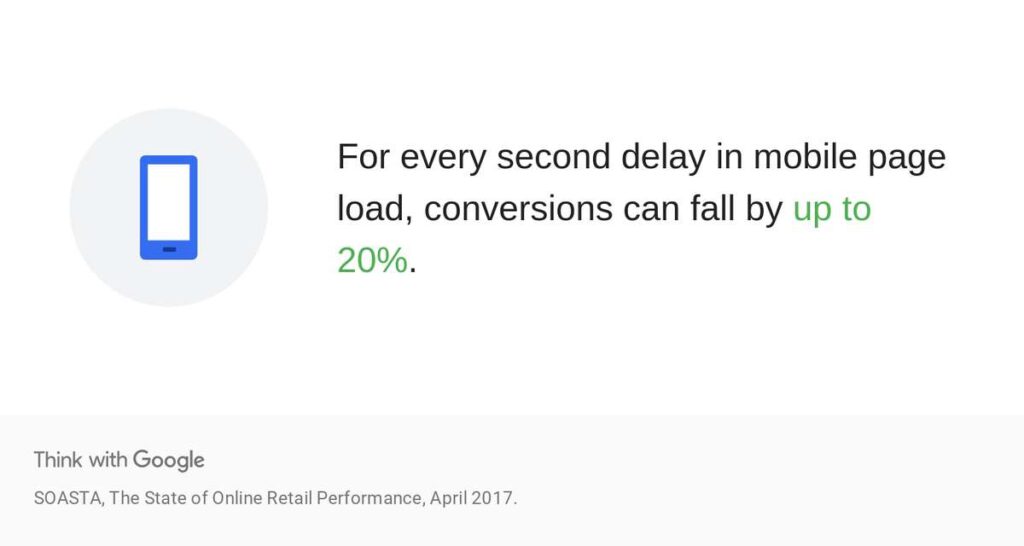
Here is the good news. Google has a simple tool to check website speed & offers specific pointers to fix on your website to improve page speed.
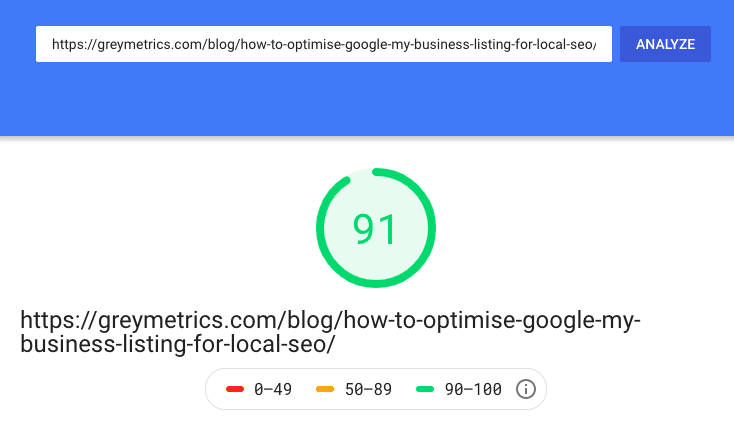
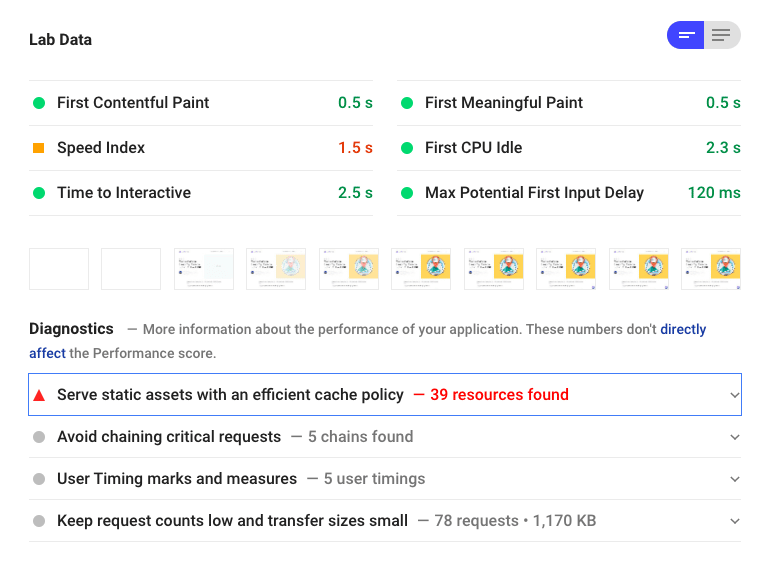
- WordPress Plugins
If you have a WordPress website, there are some plugins that help improve the speed.
There are 2 plugins recommended by WordPress experts.
- W3 Total Cache
- WP Fastest Cache
- Amazon S3
If you have a static website that is built on Bootstrap or HTML/CSS, consider hosting the website on Amazon S3.
Amazon S3 is a worldwide CDN that is both fast & reliable.
Step by step process to host a static website on Amazon S3 is here.
7) Expand Online Presence
Maintain & expand your online presence.
- Submit To Google My Business
If you have a local business, create & verify your listing on Google My Business.
This basically allows Google to show your business on Google Maps & on searches for “near me”
Read this In depth guide on how to master Google My Business SEO
- Create Social Media Accounts
Create social media accounts & encourage users to engage with your content.
Google has a patent to measure social media influence & possibly uses this as a ranking signal
- Answer Questions On Quora
Quora is a popular social Q&A platform.
Finding the relevant questions for your business & answering them will boost your chances of social influence as well as traffic
The important thing to remember is to not over-promote. There are numerous cases of popular influencers getting banned for promotional answers
8) Write Content & Repeat
Based on the keyword research we have done (above), select the topics you are interested in & write
The best way to get more visibility in your niche is to create content relevant for your industry.
To find topics to write in your niche without much hassle, use BuzzSumo
This content can be a blog article, a video, or a podcast.
Quality is greater than quantity in content writing. A well researched, 2000+ worded article is better than a number of low quality blogs.
Do not copy content. Google recognizes this & penalizes your website
9) Get Backlinks
This is the toughest & arguably the single most important factor for improving ranking.
Your business builds authority when other websites with authority mention, linkback to your website
In order for popular websites to link to your content, these factors play a role
- Build a reputation for original research
- Write content that engages users
- Unique perspective on a topic
- Building partnerships
10) Measure Everything
With a whole lot of information flowing across multiple tools, it can get overwhelming for a business owner to manage & remember all of this.
We built GreyMetrics just for you. To help business owners manage all the data from multiple platforms on a single dashboard.
